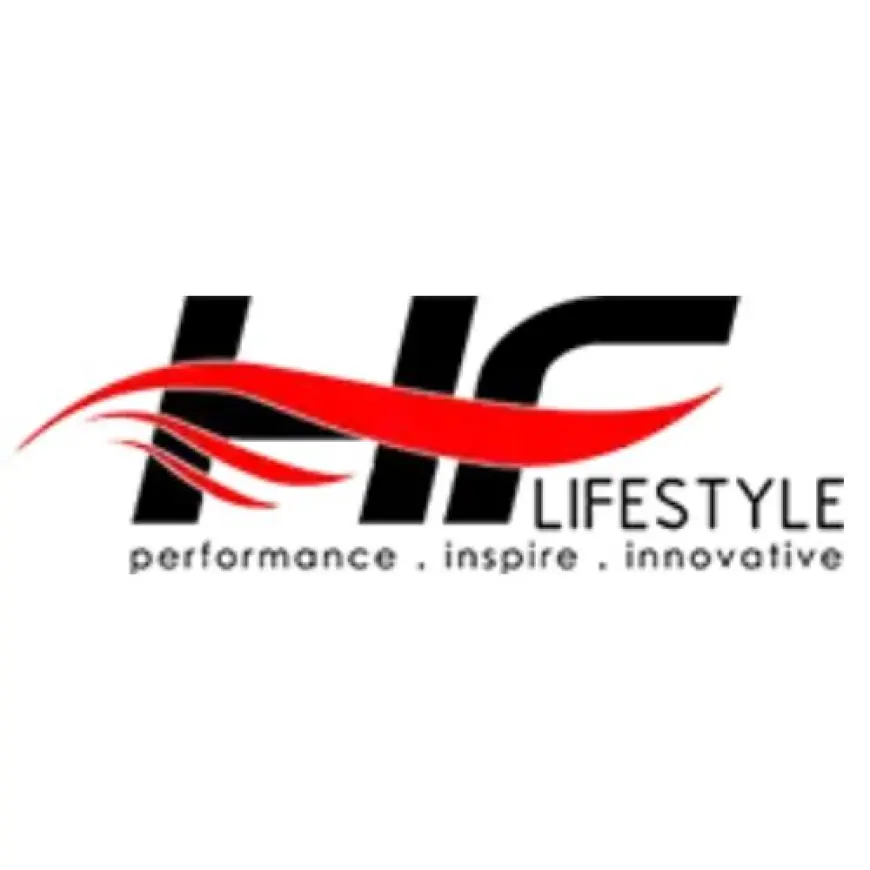Gym Equipments For Lease | Sports Exercise Equipment Singapore
HF Lifestyle Singapore is the expert you need for repairing and maintaining fitness equipment such as treadmills, cross-trainers, as well as designing gym layouts for new or upgraded gyms.

Leasing of gym equipment implies that you are basically renting machines and tools after a set duration, which is normally between 12 months and 7 years. You do not pay the complete price to purchase products, but make payments every month. By the expiry of the lease, you can have options to:
- Return the equipment.
- Buy it at a fair or negotiated price.
- Review the lease and make new terms.
- Upgrade to newer equipment.
Leasing is Popular Because It Helps Gyms:
- Retain cash flow for other running expenses of the business.
- Get quality equipment without a huge start-up cost.
- Control the depreciation risks because the equipment will lose its value after some time.
Does Gym Equipment for Lease Allow Upgrades?
Yes, the majority of the leasing arrangements provide an opportunity to upgrade equipment within the lease period. This flexibility will allow the gyms to keep in control with the modern machines, to enhance the satisfaction of the members, and to respond to evolving trends in fitness without requiring extensive initial investments in the purchase of new equipment.
How Upgrades Work in Lease Agreements
Not any leasing contract is similar, but most of the providers have settings that lead to the possibility of upgrading during the lease or at the end of the term. The most popular are the following cases:
1. Mid-Term Upgrades
In other leases, gyms are allowed to make upgrades before the expiry of the agreement. This normally involves the negotiation of new terms, which may involve lease extension or a revised monthly payment.
2. End-of-Term Upgrades
Mostly, after expiry of the lease, gyms can either:
- Get new equipment through a new lease.
- Keep the current equipment (not always at a lower rate).
- Acquire the equipment at a reasonable price.
3. Flexible Lease Plans
Some of them also have evergreen or flexible leases that are specially made to suit businesses that require frequent replacement or upgrade of equipment. They are costlier month to month, but offer greater freedom.
Types of Leases and Upgrade Flexibility
The upgrading capacity is strongly dependent on the kind of lease:
- Operating Lease: Usually offers the greatest flexibility for upgrades. The gym does not own equipment, and thus it becomes easier to replace machines halfway or at the expiry of the lease.
- Capital Lease (Finance Lease): In many cases, it is handled as a purchase, with less flexibility. Upgrades will probably be available, but at a higher cost or with charges for early termination.
Benefits of Choosing Upgrade-Friendly Leases
Gym owners can be assisted by leasing equipment that has upgrade options:
- Be competitive without huge capital investments.
- The burden of selling obsolete machines is averted.
- Modify the equipment depending on the demand of the members (e.g., more functional training machines or linked cardio machines).
- Save cash flow through cost allocation throughout the time and still enjoy the newest models.
Practical Tips for Gym Owners
- Compare your lease supplier: Select one who has a good policy regarding upgrades and options.
- Plan: Identify the machines that are essential to upgrade and at what time.
- Budget on upgrades: Figure out possible upgrade costs into your monthly or annual budget.
- Communicate with members: The frequent announcements about the improvements will create excitement and increase retention.
- Maintain equipment: It is cheaper to replace or upgrade properly maintained machines without additional charges.
Introduction of Sport Exercise
Sports exercise equipment is tools, machines, and accessories to help in achieving physical activity, training, and fitness objectives. It is available between weights and resistance bands and cardio machines, enhancing the strength, stamina, flexibility, and health of athletes, schools, gyms, and even home users.
Can Sports Exercise Equipment be Portable?
Yes, sports exercise equipment can also be portable. Such products as resistance bands, yoga mats, kettlebells, skipping ropes, and foldable benches are portable and can be stored easily. Portable equipment enables one to train in any place (at home, at school, outdoors) and the portable equipment will support the fitness routines based on the needs of the individual without the need for big spaces or heavy installations.
Types of Portable Sports Exercise Equipment
1. Resistance Bands
The most widespread type of portable fitness is probably resistance bands. They are available in varying degrees of resistance, can work on all the major muscle groups, and weight barely zero. Their flexibility offers extensive possibilities in the workouts, both strength training and mobility.
Pros:
- Very light and small in size.
- Low cost relative to other equipment.
- Multitasker enough to be used for strength, rehabilitation, and mobility training.
Cons:
- Lack of maximum resistance as compared to free weights.
- May wear out by being used a lot.
2. Adjustable Dumbbells and Kettlebells
The conventional weights are heavy and difficult to carry. Contemporary adjustable ones have altered that, though. One device is capable of substituting a whole rack of kettlebells or dumbbells.
Pros:
- Compact and very multifunctional.
- Has the ability to greatly resist muscle growth.
- Durable and long-lasting.
Cons:
- Weighs relatively heavily to carry.
- Higher upfront cost.
3. Portable Cardio Machines
Although cardio equipment such as treadmills and rowing machines are historically bulky, now they are available in compact and even folding and desk-sized ones. Portable ellipticals, treadmills that may be folded, and mini stepper machines are gaining prominence.
Pros:
- Introduction of cardio training to smaller areas.
- There are foldable traveling models.
Cons:
- Not as light or small as resistance-based tools.
- Not as strong as machines in the gym.
4. Bodyweight Training Tools
Such tools as ab rollers, simple pull-up bars, and push-up handles belong to the category. They improve bodyweight workouts and do not bulk up significantly.
Pros:
- Very efficient as a strength trainer.
- Easy to store and transport.
- Very affordable.
Cons:
- In many cases, confined to certain exercises.
- Needs creativity in the construction of complete routines.
Why Portable Equipment Is Becoming Popular
The portable sports and exercise equipment has been in demand due to several reasons:
1. Busy Lifestyles
Individuals find it difficult to incorporate gym workouts into the schedule of their schedules. Movable equipment means that one can exercise at home, in a hotel room, or even when he/she is on a work break.
2. Remote Work and Home Fitness
The emergence of working remotely has changed the workout behaviors. Home gyms are on the rise, and not all people have a room to accommodate large machines. Handheld tools are the solution to this.
3. Travel and Mobility
Traveling business people, sportsmen, and holiday makers are happy with equipment that can fit in a bag yet can maintain the quality of the workouts.
4. Cost Efficiency
Mobile gadgets tend to be cheaper than workout centers or heavy appliances. The conventional equipment is not limited to jump ropes and resistance bands.
5. Outdoor and Group Training
Many people who like to work out prefer to train in parks or during group training. It can be done with the help of portable equipment without complicated logistics.
Who Benefits Most from Portable Equipment?
Portable fitness devices are handy, particularly in:
- Time-constrained individuals who would enjoy working out during the time they are on the road
- Workers working remotely require movement after a lengthy workday.
- Amateurs who do not need to spend much money on large equipment.
- The outdoor sportsmen who train in different places.
- The younger generation working in flats or hostels.
Benefits of Portable Sports Exercise Equipment
Sports exercise equipment is convenient, versatile, affordable, and portable. It occupies less space, promotes various types of workouts, and fits into very small spaces. Carrying small equipment minimizes the number of reasons and increases motivation, and makes you more adherent to your fitness regimen, no matter where you are.
Conclusion
By leasing gym equipment, gyms can upgrade machines throughout the lease or at the expiry of the lease, keeping facilities updated and members happy. This will be accompanied by portable sports exercise equipment that will provide flexibility, cost savings, and convenience, such that fitness is available anywhere while the costs are managed.
What's Your Reaction?
 Like
0
Like
0
 Dislike
0
Dislike
0
 Love
0
Love
0
 Funny
0
Funny
0
 Angry
0
Angry
0
 Sad
0
Sad
0
 Wow
0
Wow
0


















































